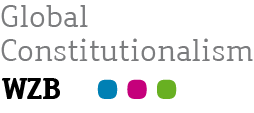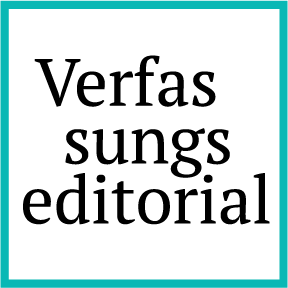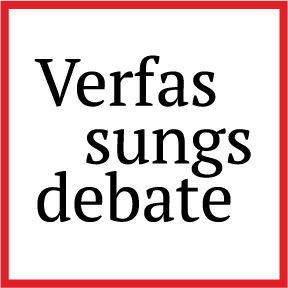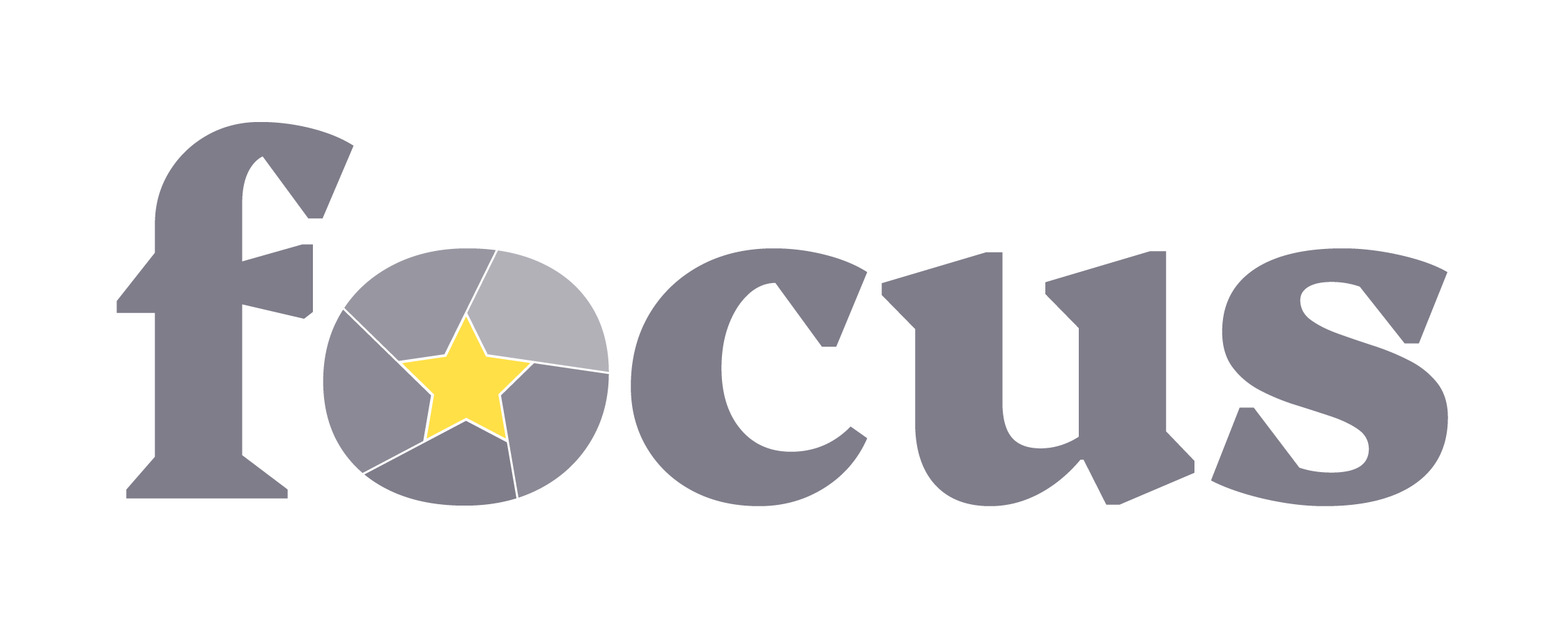Twists and Turns
Navigating a Reconciliation between Academic Freedom, Copyright and Open Science
In the name of academic freedom, copyright in scientific works is entrusted to their researcher-authors. However, academics are strongly incentivized to publish their works in proprietary subscription journals, access to which universities and other research institutions are obliged to pay. Where research and access are publicly funded, the result is a controversial transfer of public funds to private publishers. The Open Access movement attempts to push back by encouraging or requiring researchers to release copyright in their works openly. While this has given rise to objections based on academic freedom, whether Open Access is compatible with academic freedom is a question that should be approached via a principled examination of the purpose and scope that freedom.
Academic freedom and copyright
Copyright law grants exclusive rights that govern how literary and artistic works are exploited – for example, when and where they are published, uploaded onto a website or re-used by others. This protection also covers scientific works, such as the scholarly publications produced by scientists as part of their research, whether in the hard sciences, the social sciences or the humanities.
The general rule is that the creator of a work – the researcher who authors the scientific article – is the first owner of copyright in that work. Even where the law would otherwise grant copyright to the employer, universities often refrain from claiming copyright in the research output of their academic staff, leaving the management of licensing and assignments in scholarly works to researcher-authors. This is what is sometimes termed “the academic exception” and it is understood to flow from academic freedom. As the late Bill Cornish explained:
“The search for knowledge and truth – by thought, by discussion, by teaching – was the object of institutions which traced their origins to the groves of Academe. In such endeavour, the professor claimed the right to free and independent judgment […] Academic freedom meant the liberty to choose the subjects to research and the means of pursuing them; it meant the freedom to decide when to make the fruits of that research public and how (if at all) to exploit them […];”
In his book on academic freedom, Eric Barendt agrees:
“It would be incompatible with individual academic freedom to allow the university to claim copyright, for that would give it the right to determine when and where academic work is published, or indeed to prevent publication altogether”.
Author-owned copyright in scholarly works is generally agreed to be a necessary ingredient of the balm of free scientific inquiry, academic autonomy, the freedom to disseminate knowledge and the informed exchange of ideas that science needs to thrive.
…Of twists…
There is, however, a fly in this ointment: for the purposes of career progression and to build and maintain a professional reputation, academics are strongly motivated to publish their articles in peer-reviewed journals. Historically, these have been run by commercial publishers who require copyright assignments or exclusive licences over scientific articles – almost always without financial compensation for the author. In the pre-digital world, this exchange was understood to be, if not fair, then inevitable: how else could scientific knowledge be disseminated but by printing on paper, arranging into series and distributing to libraries with journal subscriptions? These journals need not perhaps have been run for profit – but the costs were invisible to researchers, who instead relied on librarians to spend somebody else’s money to make sure they had access to the journals they needed.
The advent of digital technologies presented an alternative: electronic publishing could allow researchers to access each other’s works at the touch of a button. But when academic publishers moved online, they continued to demand copyright, now to allow them to enclose scientific articles within proprietary databases protected by paywalls.
The revolutionary power of the internet for knowledge dissemination revived old questions about the commercialisation of science. Rather than enabling openness and academic collegiality, copyright began to be seen as undermining academic freedom – placing stumbling blocks and toll booths along a path to truth and progress that could otherwise be free. And while in most countries copyright does recognise exceptions and limitations for the benefit of research and the operation of libraries, these provisions are usually narrow – and completely inadequate for ensuring access to scientific publications.
The problem is particularly acute for scientific research that is publicly funded – whether via the employment of researchers at universities that receive government funding or via project-targeted funding from national, international or charitable funders. Because the institutions obliged to purchase access to publisher-controlled proprietary journals and databases for their researchers are also often publicly funded, the result is an appropriation of public investment by private companies.
The problem is exacerbated by the so-called “serials crisis”, i.e. the rising subscription costs to publications with shockingly large profit margins. In this context, it began to be argued, publishers are not only gatekeeping scientific literature against the scientists who produce and consume it – but also against the public who funds it for the purpose of scientific progress.
…And turns…
A solution was proposed in Open Access (OA), a movement that strives for free online access to academic works. In its strongest form, OA goes beyond eliminating economic barriers to access (“gratis” OA) to allowing unrestricted re-use of works (“libre” OA). To this end, OA principles attempt to harness copyright for the benefit of science, by requiring that scholars grant to all users free, irrevocable, worldwide licenses – such as the popular Creative Commons (CC) licenses – to use their works. In this way, copyright and academic freedom could again be reconciled.
Its attractions being obvious – at least to those who foot the bill for scientific research – the push for OA grew. To realise OA in peer-reviewed articles, libraries and archives started encouraging researchers to employ “rights retention strategies” – that is, to refuse to give away their copyright to publishers so that they can instead make them accessible to all users.
Eventually, universities began adopting institutional rights retention strategies that default to OA licensing and deposits for the work of employee-researchers (such as the archetypical ‘Harvard model’).
Research funders also started imposing ‘OA mandates’ on the recipients of their funding. For example, the Plan S initiative launched by the international funders’ consortium cOAlition S requires that scientific publications that result from its members’ grants must be published in OA.
International organisations have followed suit. The European Commission, after declaring that all scientific publications resulting from publicly funding should be made openly available, launched an OA platform for EU-funded research. UNESCO has also thrown its weight behind Open Science.
At the state level, a number of European countries have embedded OA into law by adopting ‘Secondary Publication Rights’ (SPRs) that allow the authors of scientific publications to make their articles freely available to the public ever after signing away their copyright. Other countries have adopted secondary publication obligations.
…And strange surprises…
In the meantime, however, objections arose. Critics asserted that, instead of reinforcing academic freedom, OA mandates undermine it. In effect, they amount to a ‘confiscation strategy’ that takes copyright ownership away from authors and transfers it to, not publishers, but the general public, leaving only the single right of attribution.
The details of mandates are hotly contested. Libre OA is one bone of contention: if an academic article is released with no rights reserved, it is pointed out, authors cannot stop objectionable re-uses, such as offensive recontextualizations, inept translations or for-profit exploitation without a cut.
The choice between “Green OA” (that requires the self-archiving of pre-prints by researchers in repositories) and “Gold OA” (that involves publication in an OA journals) is also controversial. Both have downsides, with Green generally being acceptable to publishers only if an embargo period is applied and Gold only if an Article Processing Fee (APC) is paid by the researcher. Arguments can be made that both options impinge on scientists’ freedom to decide when and where to publish.
Researchers can of course choose to forgo publication in venues that impose such restrictions. But this has been argued to limit their ability to choose the most suitable outlet for their work artificially, with detrimental effects on the impact of their work and on their reputation and career prospects. Aside from the positive academic freedom to publish where one wants, obligations to deposit works in repositories could be argued to impinge upon the negative academic freedom not to publish where one does not wish to. Researchers can refuse funding that comes with OA strings attached – but this too would introduce distortions into a system which ought to operate on the basis of scientific quality. In the case of SPRs, the concern has been expressed that the scientific communities of entire countries could be disadvantaged against their foreign competitors. Institutional requirements that scientists make use of SPRs have been met with opposition.
Even where funders cover APCs, it is argued that the ultimate result will be a scientific publishing landscape that prices out less well-resourced researchers from academic freedom – while allowing commercial interests to co-opt OA for profit. Concerns have also been expressed that, by shifting publishers’ incentives towards collecting APCs rather than attracting subscriptions by selling quality work, OA weakens safeguards against bad science – a core function of academic freedom. The advent of AI has increased such worries.
More generally, the suggestion that academia should serve the public interest is viewed with suspicion. This seemingly unsympathetic view should be contextualised in an increasing sense that scientists are being pushed into serving a bottom line rather than the spirit of inquiry. That universities, external funders and, perhaps worst of all, states should purport to determine the public interest and use it to impose requirements on academics puts backs up further. OA mandates, the complaint is, imply a kind of ownership over academic work that contradicts the academic exception and the academic freedom that underlies it.
Navigating a reconciliation
These arguments should be taken seriously. As Cornish and Barendt indicate, academic freedom is generally understood to include the right of academics to decide when and where work is published. UNESCO agrees, as does the American Association of University Professors and League of European Research Universities (LERU). It is essential for the integrity of science that researchers are not pushed into publishing work they do not think is ready, forced to suppress or delay publishing work that they deem is finalised or required to publish in venues that won’t reach the right audience.
To decide on the compatibility of OA with academic freedom, we must understand what academic freedom is. All authorities agree that academic freedom is hard to define. Equally, there is consensus on some basic parameters: that academic freedom protects both individual scholars and academic institutions; that it may clash with other rights (e.g., intellectual property), as well as the academic freedom of others (e.g., a researcher’s with his employer’s); and that it must navigate those clashes, so that it is not absolute.
What shines through the literature is that academic freedom is founded on the special role that universities play in our society as places where ideas can be explored freely. These origins tether academic freedom to academic responsibility, so that academic freedom emerges as the freedom to fulfil that responsibility. Academic freedom has never allowed the publication of research with no regard for quality controls and adherence to professional standards. Barendt, again:
“The case for academic freedom […] is that it is the particular responsibility of members of a university faculty to engage in critical enquiry and publish their conclusions”
Grappling with other modern challenges for academic freedom, Ronald Dworkin concluded that:
“In no other occupation is it so plainly and evidently the responsibility of professionals to find and tell and teach the truth as they see it. Scholars exist for that, and only for that”.
Academics are entrusted with the freedom to pursue their science in the name of the truth. If they have a duty to the truth, there is a strong argument that they have a duty to reveal it to all.
Importantly, OA doesn’t seek to prohibit publication in any outlet – including subscription journals. It is the conditions set by such journals to the purchase of their services that excludes parallel publication in OA.
Further details need determining: does academic freedom require that researchers maintain their copyright? Is libre OA compatible with academic freedom? What about APCs? Embargoes? Answers should be sought in a principled interrogation of the purpose and scope of academic freedom.
In an era of cynicism and mounting distrust in the mainstream scientific establishment, the instinct is to stick to what you know works: peer-review undertaken by prestigious journals. One wonders however how the public can be asked to trust a system that so blithely mismanages the funding with which it has been entrusted – and does so against the foundational mandates of the academic endeavour.
FOCUS is a project which aims to raise public awareness of the EU Charter of Fundamental Rights, its value, and the capacity of key stakeholders for its broader application. Views and opinions expressed are however those of the author(s) only and do not necessarily reflect those of the European Union or the European Commission. Neither the European Union nor the European Commission can be held responsible for them.





